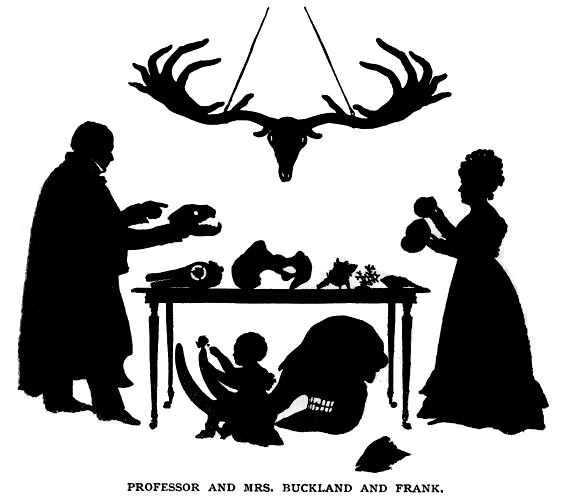I really enjoyed writing about fossils, while my co-writer wrote about dinosaurs, for the Hamilton Trust. I think it was one of the most enjoyable blocks I have so far written for them, despite having also written Stone Age to Iron Age Britain, the Shang Dynasty of China, the Ancient Greeks and the history of various sports.
I got to write about some very interesting characters in the history of science, including Mary Anning, Charles Darwin and William Buckland. Mary Anning and Charles Darwin are specifically mentioned in the Key Stage 2 science curriculum, of course, and both their stories are very engaging, if very different.
Mary was the daughter of a cabinetmaker and lived in Lyme Regis. She managed to get some rudimentary schooling and learned to read and write, but that was it. She made her living by finding fossils on the beach and selling them to collectors. Most of these were wealthy, educated gentlemen dabbling in natural history who went on to publish the finds as their own. Now the specimens she uncovered are being reclaimed for her. I was excited to see a huge ichthyosaur (a marine reptile from the same time as the dinosaurs) she found in the Natural History Museum in London recently.
“Ichthyosauria.001 – Natural History Museum of London” by Drow male – Own work. Licensed under GFDL via Commons.
I am very fond of Charles Darwin, and I have written about him elsewhere, but I didn’t know very much about William Buckland before writing this block for the Hamilton Trust, so it was quite a journey of discovery! I wrote the block using a ‘Take One Picture’ model, which has been used for museum teaching quite a lot. The image in question was a silhouette (very popular in the nineteenth century) of Buckland and his wife and son and several of their fossils.

“Buckland family silhouette” by Mary Buckland, née Morland (1797-1857) – http://blogs.royalsociety.org/history-of-science/2011/02/07/females-fossils-hyenas-1/ Originally taken from Elizabeth Gordon’s (1894) The Life and correspondence of William Buckland, London: John Murray. p.103.. Licensed under Public Domain via Commons.
Buckland found many Ice Age fossils in his explorations of Britain’s caves, including Kirkdale in Yorkshire and Goats Hole Cave on the Gower Peninsula of Wales. Famously, he discovered a skeleton in the latter that he named the Red Lady of Paviland and posited that she was a Roman camp follower. In reality the ‘Red Lady’ is actually a man and may date back as far as 30,000 years, a burial from the Upper Palaeolithic.
He’s more famous, though, for identifying the first dinosaur, although they weren’t called that at the time. Earlier finds of the same dinosaur, Megalosaurus, had been thought to have come from Roman war elephants. He noticed that a jaw bone looked very much like modern lizards, but much larger, and therefore coined the name. His wife, Mary, was an excellent scientific illustrator as well as a natural historian in her own right, and drew the Megalosaurus jaw in question for her husband’s publication.

“Buckland, Megalosaurus jaw” by Mary Morland (later Buckland) – http://www.lhl.lib.mo.us/events_exhib/exhibit/exhibits/dino/buc1824_l.shtml. Licensed under Public Domain via Commons.
Quite wonderfully, he also coined the term coprolite for fossilised faeces, having first been notified by Mary Anning of strange stones found in the abdominal area of the ichthyosaurs she was finding.
The block gave me an opportunity to explore the history of science with children, and to reflect on how science works, how it is important to publish and get your name on discoveries, and the social history of the nineteenth century where women were not given the scientific kudos they deserved. I may also have revealed Buckland’s proclivity to eat every animal he came across, from bluebottles to mice on toast by way of panther. Well, I couldn’t not, could I?

Leave a comment